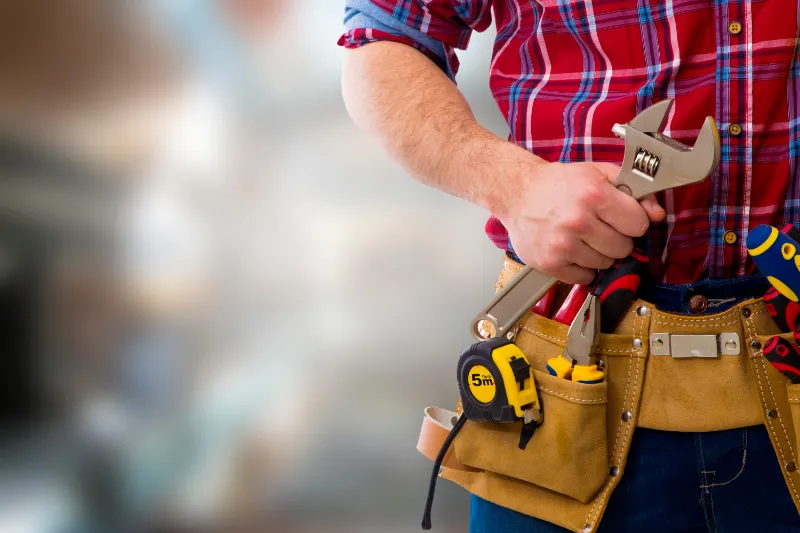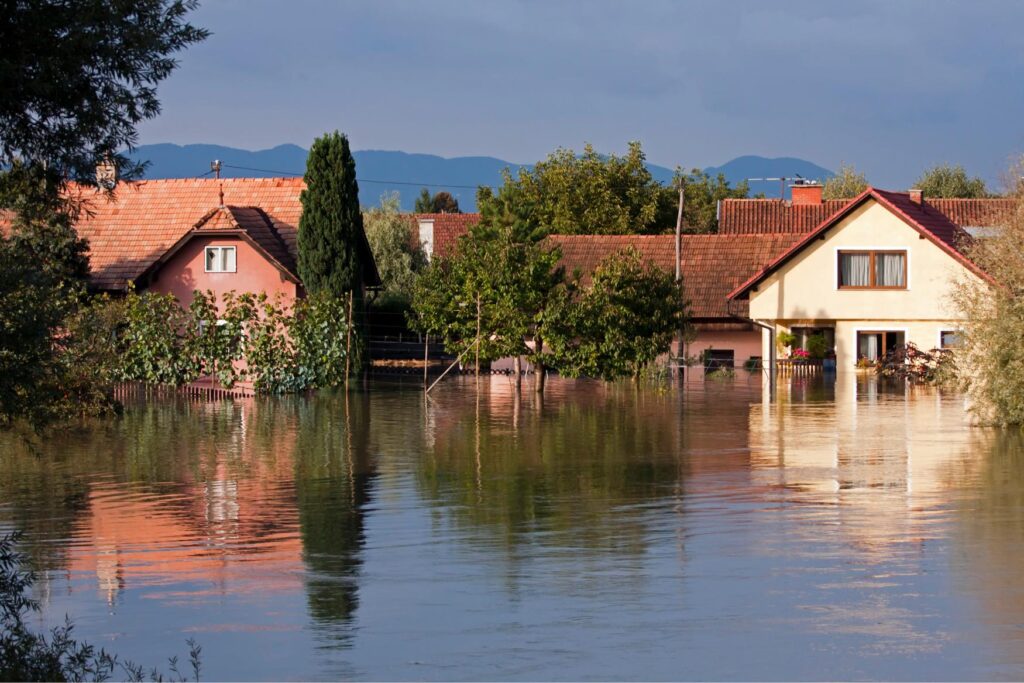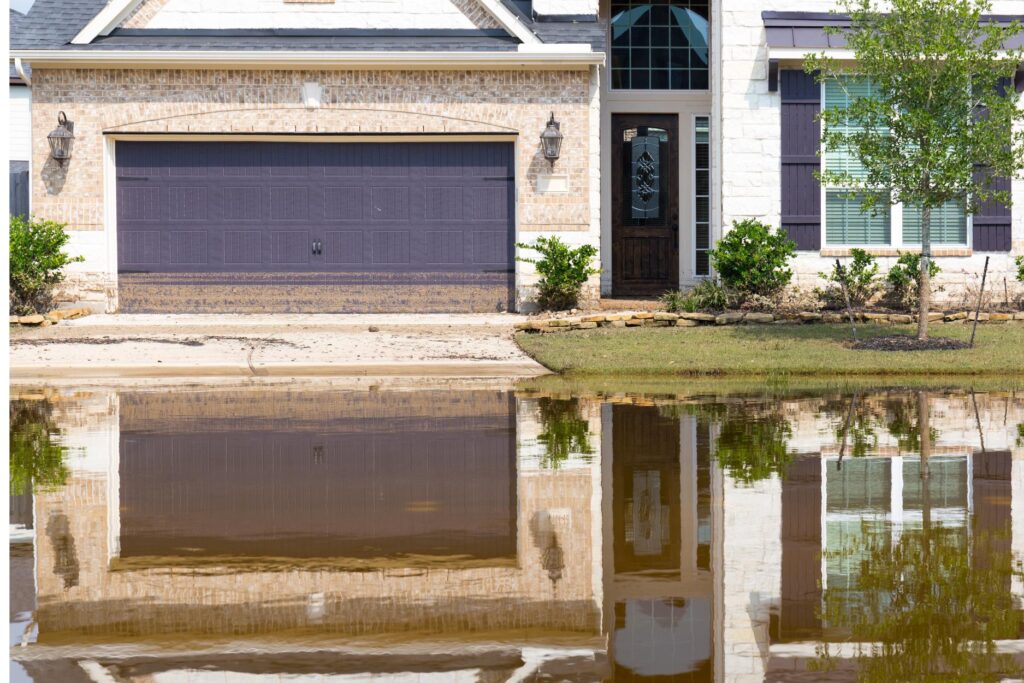Contents
Are you curious about the four main parts of standard house plumbing? Well, you’re in luck! In this article, we’ll break it down for you.
From the water supply system to the drainage system, fixtures, and appliances, and even the ventilation system, we’ll cover it all.
So, get ready to learn and gain a better understanding of the essential components that keep your home’s plumbing running smoothly.
Let’s dive in!
Key Takeaways
- Water Supply System: Includes water source, water meter, water main, and water distribution system to provide access to clean water for various household activities.
- Drainage System: Consists of drain pipes, vent pipes, traps, and septic/sewer system to manage wastewater and maintain cleanliness and hygiene in the home.
- Fixtures and Appliances: Include sinks, toilets, showers, water heaters, etc., connected to water supply lines and drainage pipes, requiring proper installation and maintenance for optimal performance.
- Ventilation System: Removes harmful gases, odors, and moisture from the home, preventing health issues and ensuring smooth operation of plumbing components. Regular cleaning and maintenance are essential.
Water Supply System
The water supply system is an essential component of standard house plumbing, providing you with a steady flow of clean water for various household activities. It ensures that you have access to water whenever you need it, allowing you to carry out daily tasks such as cooking, cleaning, and bathing.
The water supply system consists of four main parts: the water source, the water meter, the water main, and the water distribution system.
Firstly, the water source is where the water originates from. It could be a well, a municipal water supply, or even a rainwater harvesting system. Regardless of the source, it’s crucial that the water is clean and safe for consumption.
Secondly, the water meter measures the amount of water that’s being used in your household. This helps you keep track of your water consumption and can assist in identifying any leaks or wastage.
Next, the water main is the underground pipe that connects your home to the water source. It’s responsible for delivering water from the source to your house, ensuring a continuous flow of water.
Lastly, the water distribution system consists of pipes, valves, and faucets that distribute the water throughout your home. These pipes ensure that water reaches every part of your house, from the kitchen sink to the bathroom shower.
Drainage System
To effectively manage the flow of wastewater in your standard house plumbing, the drainage system plays a crucial role. It is responsible for carrying away used water and waste products from your sinks, toilets, showers, and appliances, ensuring that your home remains clean and hygienic. Understanding how the drainage system works can help you identify and prevent any potential issues that may arise.
The drainage system consists of four main components: the drain pipes, the vent pipes, the traps, and the septic or sewer system. Each of these components serves a specific purpose in ensuring an efficient and effective drainage system. Let’s take a closer look at each of them:
| Component | Function |
|---|---|
| Drain pipes | These pipes are responsible for carrying wastewater away from your fixtures and appliances. They are usually made of PVC or cast iron and are designed to have a slope, allowing gravity to help the flow of water towards the main sewer line or septic tank. |
| Vent pipes | Vent pipes are essential for maintaining proper air pressure in the drainage system. They allow air to enter the pipes, preventing a vacuum from forming, which can hinder the flow of wastewater. Vent pipes also help to eliminate any unpleasant odors from the system. |
| Traps | Traps are U-shaped sections of pipe that are installed beneath sinks, showers, and toilets. Their purpose is to create a water seal that prevents sewer gases from entering your home. Traps also help to catch debris and prevent it from clogging the pipes. |
| Septic/sewer | The final part of the drainage system is the septic tank or the connection to the municipal sewer system. The wastewater from your home flows into the septic tank or sewer line, where it is treated or transported to a wastewater treatment facility. |
Fixtures and Appliances
Start by examining the fixtures and appliances in your standard house plumbing. These are the essential components that provide functionality and convenience to your plumbing system. Fixtures include items such as sinks, toilets, showers, and bathtubs, while appliances encompass water heaters, dishwashers, and washing machines. Understanding these elements will enable you to better maintain and troubleshoot any issues that may arise.
Fixtures are the endpoints of your plumbing system, where water enters and exits. They’re connected to the water supply lines and drainage pipes. Sinks are used for various purposes such as washing dishes or hands, while toilets are essential for waste disposal. Showers and bathtubs provide a means for bathing and personal hygiene. Proper installation and regular maintenance of these fixtures are crucial in ensuring their optimal performance.
On the other hand, appliances play a significant role in your daily household activities. Water heaters provide hot water for showers, baths, and other purposes, while dishwashers ease the burden of manual dishwashing. Washing machines simplify laundry chores by automatically cleaning clothes. These appliances require proper installation, regular maintenance, and occasional repairs to ensure their efficient operation.
To serve others effectively, it’s essential to have a good understanding of the fixtures and appliances in a standard house plumbing system. By familiarizing yourself with these components, you’ll be better equipped to address any issues that may arise.
Regular inspection and maintenance of fixtures and appliances will ensure their longevity and prevent costly repairs. Remember to consult professionals when needed, as they possess the expertise and knowledge to handle complex plumbing problems.
Ventilation System
Ensure efficient airflow in your standard house plumbing system by maintaining the ventilation system. The ventilation system plays a crucial role in your plumbing system by removing harmful gases, odors, and moisture from your home. It works hand in hand with other components of your plumbing system, such as the pipes and fixtures, to keep everything running smoothly.
Proper ventilation is essential to prevent the buildup of sewer gases, which can be harmful to your health. These gases, including methane and hydrogen sulfide, are produced by the decomposition of organic waste in your plumbing system. Without proper ventilation, these gases can accumulate and pose a risk to you and your family. Regular maintenance of your ventilation system, including cleaning and checking for blockages, is necessary to ensure its proper functioning.
In addition to removing harmful gases, the ventilation system also helps control moisture levels in your home. Excess moisture can lead to mold and mildew growth, which can damage your walls, ceilings, and floors. By allowing fresh air to circulate and expelling moist air, the ventilation system helps prevent these issues and keeps your home healthy and comfortable.
To maintain your ventilation system, it’s important to regularly clean the vents and ducts, remove any debris or blockages, and ensure that the system is properly sealed. If you notice any unusual odors or signs of moisture, it’s crucial to address them promptly to prevent further damage.
Conclusion
So, those are the four main parts of a standard house plumbing system.
The water supply system ensures water is delivered to the various fixtures and appliances throughout the house.
The drainage system takes care of removing wastewater from these fixtures and appliances.
Fixtures and appliances are the actual devices that use and dispense water, such as sinks, toilets, and washing machines.
Lastly, the ventilation system helps maintain proper air circulation and prevents any unpleasant odors.
You may also like: What are the two different rough-ins completed when plumbing a new home?




